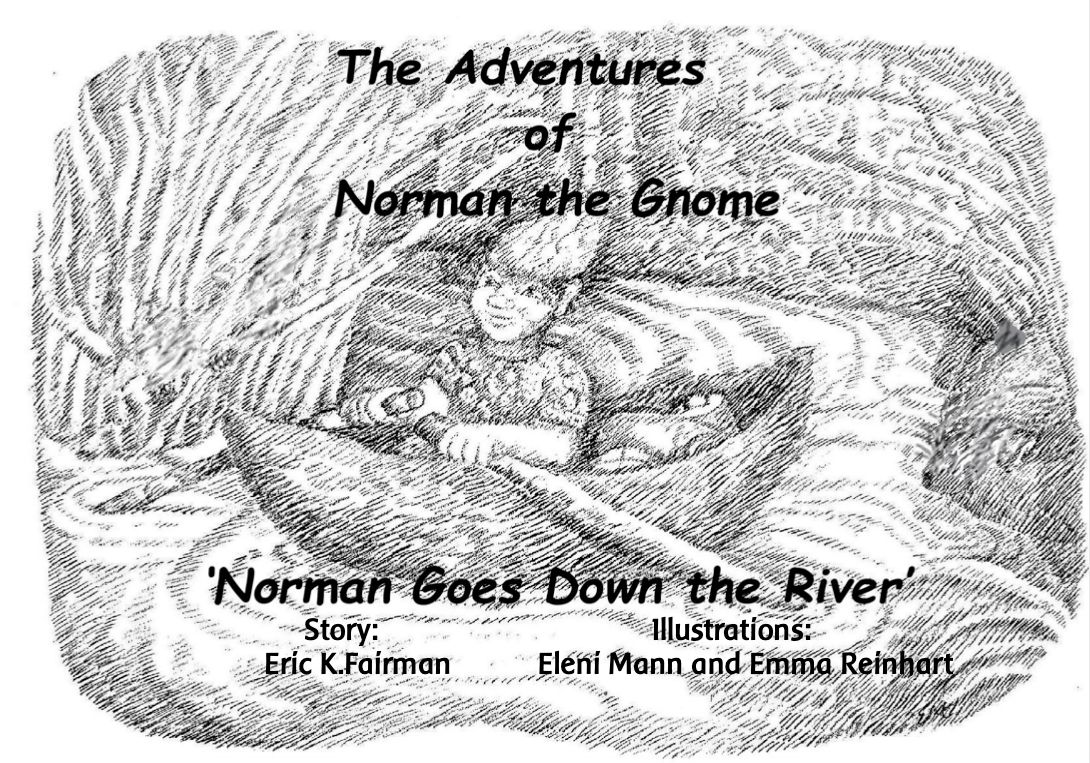The Adventures of Norman the Gnome GR 3
Eric K. Fairman
ENVIRONMENTAL STUDIES AND GEOGRAPHY
A Rudolf Steiner Primary School Teacher’s Approach
The child in the 8th/9th year experiences the gradual awakening of their own individuality and the first conscious separation from their immediate surroundings. This change in consciousness brings with it an element of insecurity in what, until now, had been a secure and supported existence. It follows that any teaching about the environment should give the child a renewed feeling of security and the content should not be factualised in an intellectual manner at this point in time, but should rather arise from out of an imaginative approach to the subject.
Earlier lessons about the child’s immediate surroundings had been through the medium of imaginative stories, most probably in the style of fairy tales that reflected the child’s feeling of being ‘one’ with the events which she/he were hearing about.
However, by Grade Three, the average child will have outgrown the traditional fairy story and will be desirous of stories with greater realism, but stories that will nevertheless appeal to their imaginative faculties. I felt that what my class needed was a story which would give them a bridge between the paradisiacal world that they were just leaving and the one of greater ego consciousness, which they were entering. A mythical ‘gnome’ was our ‘go-between’. A being who lived in nature to the fullest extent and who could understand and communicate with the animal world, but at the same time, a being that had the requisite courage enabling him to venture into the world of the humans.
Thus it was that ‘The Adventures of Norman the Gnome’ came into existence. The stories take Norman (and the children) on an exciting journey along a stream which has its source high in the wooded high hills, down to the plains and from thence to the ever increasingly populated areas alongside what has now become a fast flowing river. At last, Norman arrives in a large city at the mouth of the river where it joins the vast ocean.
Throughout the stories Norman meets with different birds and animals that have homes in the ever changing environment. I purposely avoided giving the creatures human ‘names’, instead they are addressed as Brown Owl, Grey Squirrel, Beaver, Caribou, Cormorant, etc,.
I believe that the children should be presented with a true picture of local geography and natural history, with the inclusion of environmental issues such as deforestation and pollution, but all tempered by attention to the creative ability of human beings with regards to agriculture, together with the designing and building of beautiful structures.
The level of English in this story is such that it needs to be ‘read’...or preferably, ‘retold’ to the children. I am a firm believer in challenging the children’s comprehension, by using new words.
Eric K.Fairman
‘A Path of Discovery’
March, 2021
Cover illustration: Eleni Mann


